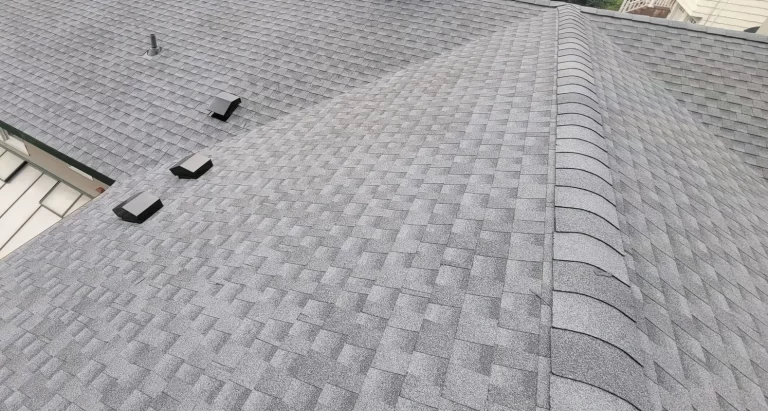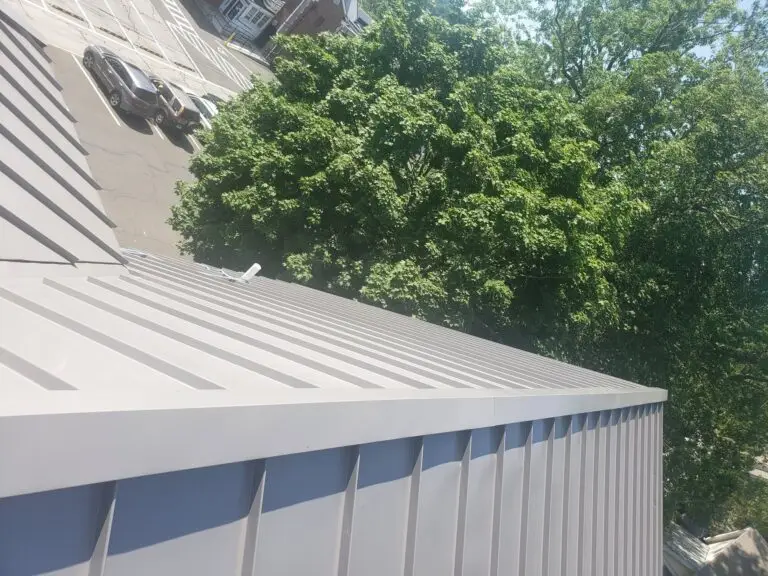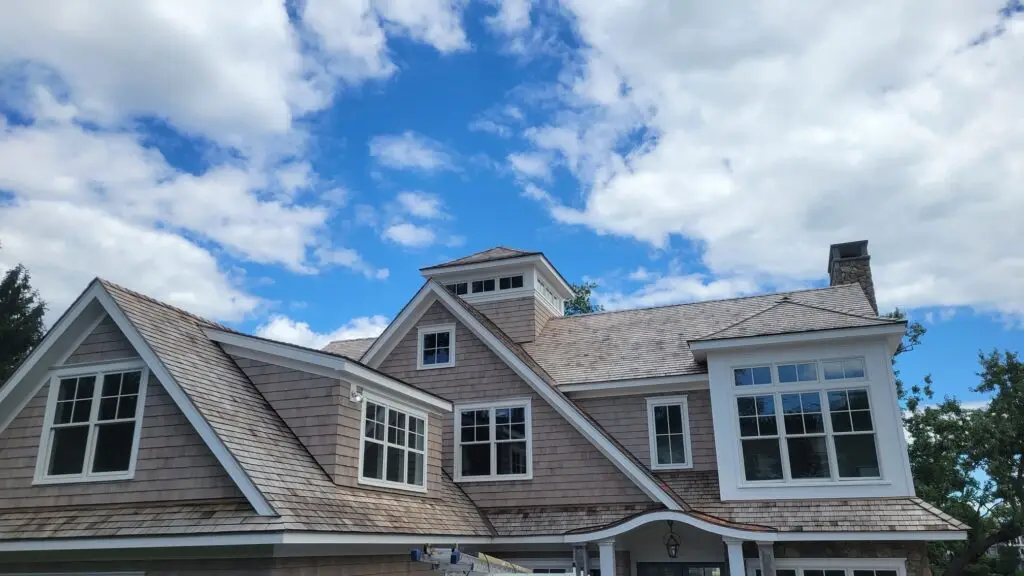Our Comprehensive Guide to Roof Installation
Choosing the Right Contractor for New Roof Installation
When it comes to home protection, your roof is one of the most significant investments you can make as a homeowner. Properly installed it will not only enhance your house’s curb appeal but also will serve as your first line of defense against weather elements. Whether you’re professional or homeowner who plans to hire a professional, understanding the process and steps of roof installation is essential to understand the steps for flawless project completion.


Choosing the Right Roofing Material for Your House
The first step in roof installation is selecting the right material for your home. We work with all homeowners to ensure that they can choose the best option for their style and budget. Below are some of the roofing materials we offer:
Asphalt Shingles: It’s the most popular choice among homeowners. Affordable, durable, and available in a variety of colors and styles. They are low-maintenance and can last 20-30 years with proper care. Three-tab and architectural options are available to match different home styles and budgets.
Cedar Shake Roofing: Cedar shake roofing delivers a natural and rustic aesthetic that enhances over time. It offers excellent insulation and possesses inherent resistance to insect damage. While it requires regular maintenance, cedar shake can last between 30-40 years with appropriate care.
Metal Roofing: Extremely durable with a lifespan of 40-70 years. Available in steel, aluminum, and copper and many color options to choose from. Excellent for energy efficiency as it reflects solar heat, potentially reducing cooling costs. It is resistant to fire, wind, and severe weather conditions. It comes at higher price tag then traditional roofing options but it is considered a great investment for a long run.
Low Slope EPDM roofing: EPDM is a synthetic rubber roofing membrane commonly used for flat or low-slope roofs. It’s known for its durability and weather resistance. It is installed in the roof areas where common roofing materials cannot withstand weather elements. Most commonly used on flat section of the roof where slope is less the 4/12. This means that for every 12 horizontal feet, the roof rises 4 feet.
Slate Roofing: Provides an elegant, timeless appearance with exceptional durability. Natural slate can last over 100 years when properly installed. While more expensive initially, its longevity and minimal maintenance requirements make it cost-effective in the long term. Although it has a higher initial cost, its longevity and low maintenance demands render it a cost-effective solution in the long run.
Preparation for Roof Installation

Before beginning installation, proper roofing deck preparation is necessary for flawless installation:
Inspect Existing Roof Structure: Check for water damage, rot, or structural issues. Evaluate ventilation requirements Assess need for additional support for heavier materials.
Remove Existing Roofing : Strip existing roofing materials when necessary. Inspect and repair roof decking and remove or replace damaged flashing. Clean and prepare the surface for new roof installation.
Install Underlayment: Apply ice and water shield in valleys and along eaves. Some roofing materials require to install ice and water shield on entire roofing area. Choose and install proper underlayment across entire roof surface for desired roofing material.
Check for Structural Integrity: Replace any rotted or damaged wood before proceeding with new installation. It is crucial to not leave any damaged substrate to avoid mold grow in the attic area.
.
Steps We Are Taking to Ensure proper roof Installation
1. Install Drip Edge and Underlayment
Proper water protection begins with correctly installed drip edge and high-quality underlayment. Metal drip edges shall be installed over Ice and water shield to prevent ice dams damaging roof deck where gutters are in place. This creates a crucial water-resistant barrier beneath your roofing material.
2. Valley and Flashing Installation
Special attention is paid to areas where water concentration occurs. Valleys shall always receive extra waterproofing protection. Chimney and vent flashing installed according to manufacturer specifications. Step flashing along walls and around dormers
3. . Installing Roofing Materials
Starting at the eaves and working upward, our crew ensure that troper nailing patterns for maximum wind resistance. Correct overlap for water protection. Proper spacing for expansion and contraction and manufacturer specified installation methods.
4. Ridge and Ventilation Installation
Ventilation is crucial for roof longevity. Ridge vent installation for adequate attic airflow helps to keep your attic space in summer and dry during winter. Soffit vent intake is necessary for allowing fresh air to enter the attic space and exit through ridge vent. Proper sealing around all roof penetrations will maintain air leakage from inside of building and prevent water leaks from outside.
5. Final Roof Inspection
We conduct a thorough final inspection with all customers to ensure:
- – All materials are properly installed
- – Adequate ventilation is achieved
- – All flashings are properly sealed
- – Clean-up is complete and thorough
Sumarry
Roof installation is a crucial home improvement project that protects your biggest investment which is your home. Whether choosing basic asphalt shingles or other roofing materials, proper installation and maintenance are essential for longevity of roof. By selecting the right material and maintaining it properly, your roof will provide reliable protection and enhance your home’s value and appearance for years to come.
Need expert advice or installation services? Contact us as your professional roofing contractor to get started on your home improvement journey today!
See What Our Google Reviews Say
Professional, on time, every time!

We are proud to have a 5 Star Rating on Google. We go above and beyond on every project we do.
